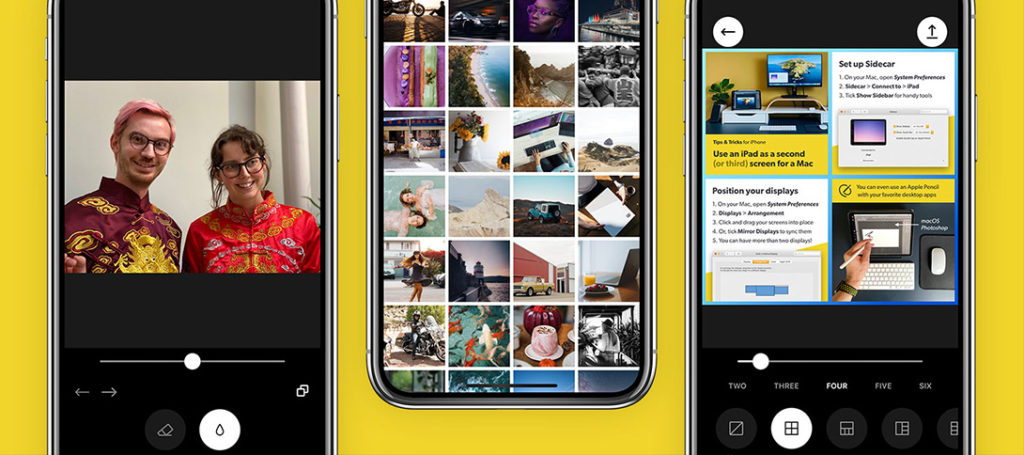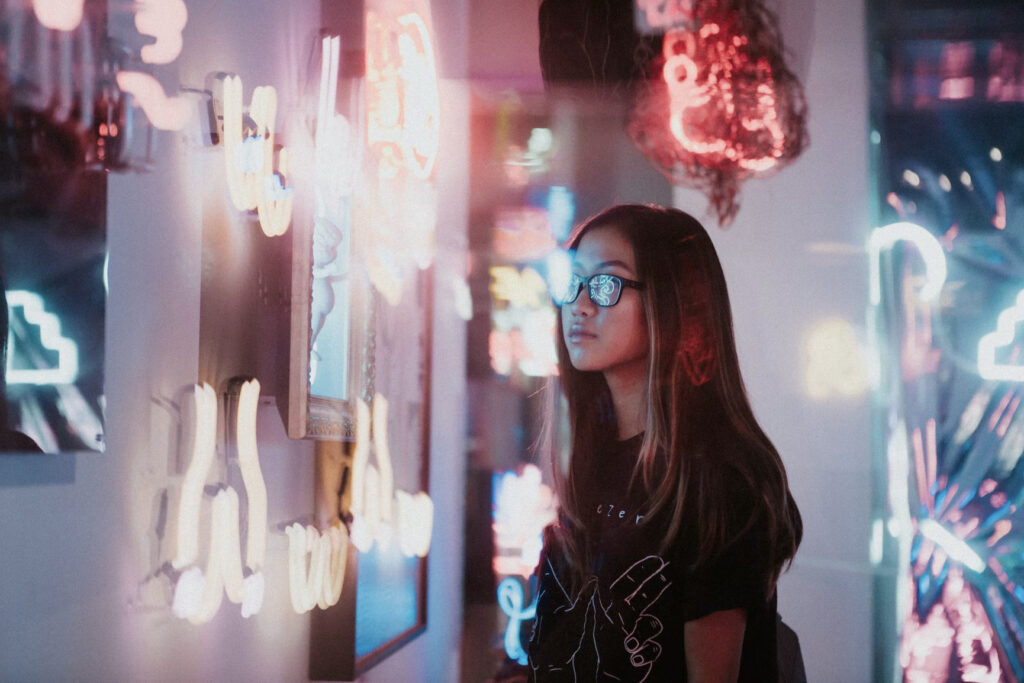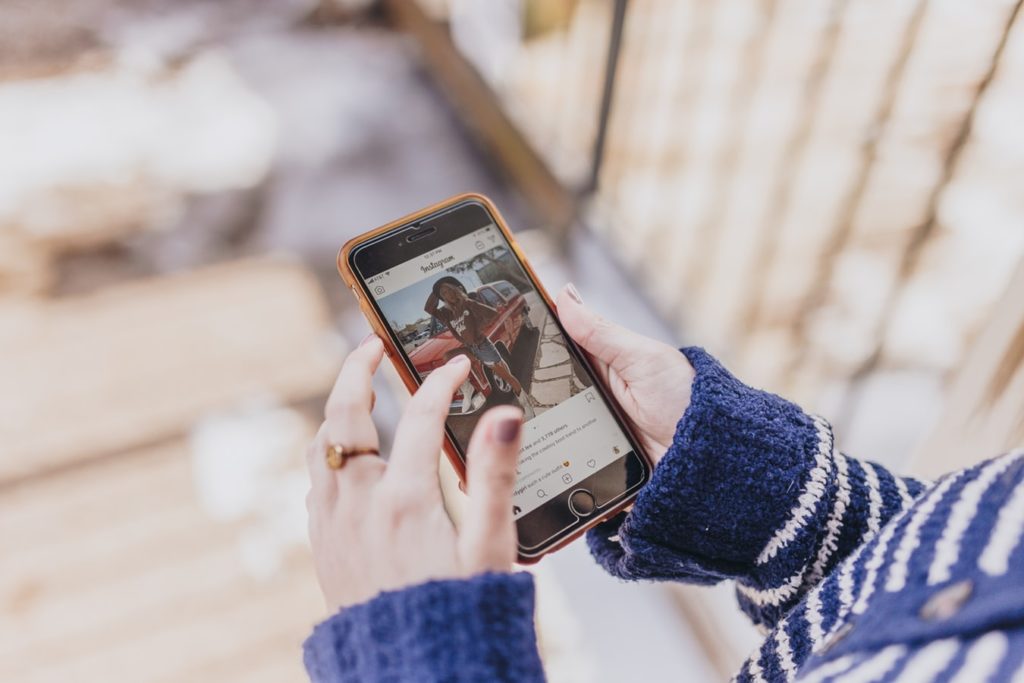Most of us are aware of the creative power of RAW. But, for those of us that are new to photography, let's talk about what RAW is, and what it means to you as a photographer.
In our digital world each camera system produces a “digital negative” direct from the camera's sensor. For a Canon camera, it is a CR2 file, and for a Nikon camera, it is an NEF file. Each manufacturer has their own proprietary format for this “basic” file. The files are considered digital negatives, or a, “DNG”.
When Photoshop (or any editing program) opens one of these digital negatives, it does so in what is called the RAW menu. Interestingly enough, RAW is not an acronym. It doesn't stand for anything in particular. Adobe coined this term to simply indicate that the file (to this point) has been untouched.
(A word of note – if you are shooting JPEG images, instead of RAW images, on your camera – you will not be taken to the RAW menu unless you specify Photoshop to do that in your preferences.)
So What's So Good About RAW?
What makes the RAW menu important to you, as a photographer, is that it allows multiple creative changes to be made to your image without permanently altering the original file. Once you've made your changes the information is saved in a separate .XMP Data file.
So, you can change your mind about your changes at any time: even after you've closed the Photoshop program and turned off your computer.
Today, we're going to discuss a cool little tool located within the RAW menu. It's called, The Adjustment Brush.
When you open your image in the RAW menu look for the RAW adjustment brush here-
Adj Brush CU by Kent DuFault, on Flickr
What makes the Adjustment Brush special is that it allows you to change up to thirteen different elements of your photograph with precision control.
Here are the thirteen elements that can be changed.
Tool Menu CU by Kent DuFault, on Flickr
To demonstrate this creative wonder – we're going to take you through a step-by-step correction to one of our recent photographs.
Here is the CR2 file as it came out of the camera.
IMG_9852 Untouched by Kent DuFault, on Flickr
What Went Wrong With This Picture?
It was very late in the day. The sun dropped below the treeline and cloud cover had moved in. With the sun no longer providing that beautiful evening glow, we set up a single flash on a stand and added a remote trigger. We asked the girl to walk slowly toward the flash while smiling at the camera.
This worked out pretty well; but there were a few problems with the plan. While having the girl “walking” added the “candid” effect we were seeking, it also created exposure variations as the flash to subject distance changed. The ambient light from the sun was also changing, almost by the second.
In the end, the best expression was not the best exposure. The entire image was a bit underexposed and the flash had not recycled enough to give the girl “the pop” we were looking for. The flash lighting was also a bit localized on the subject's upper torso, leaving her legs, and the background too dark.
No Problem. The RAW Menu and the Adjustment Brush to the Rescue!
This is our work flow:
- Global adjustments first. (crop, exposure, sharpness, color balance)
- Precision adjustments with the Adjustment Brush. (add lighting, and contrast, to the face, legs, and foreground)
- Aesthetic adjustment (dark vignette to boost the effect of the lighting adjustments)
Global Adjustments brought us to this point.
Global Adjustments by Kent DuFault, on Flickr
This improves the image a lot. However, the subject's legs and the background (the bottom left third of the image) are still too dark. The image also lacks that focused impact on the face that we look for in our portrait photography.
Now, the Wonders of the Adjustment Brush
If you look closely at the following image you will see three pins. Each of them represents an adjustment that was made to the original file-
- On the face (we added exposure to create a lighting effect and sharpness to the eyes)
- On the legs (we added exposure and contrast to create a lighting effect)
- On the lower left third of the image (we added exposure and contrast to balance that portion of the image with the sky and the areas of the subject that were initially lit by the flash)
[url=”https://www.flickr.com/photos/35449761@N04/9311734645/”]Face Pin[/url] by [url=”https://www.flickr.com/people/35449761@N04/”]Kent DuFault[/url], on Flickr
What to Keep in Mind as You Use the Adjustment Brush
- Work in small doses: build as you go.
- The Adjustment Brush works just like a brush in Photoshop; you can adjust the size, feathering, flow, and density.
- You can turn the pins on and off to see an unencumbered view of your changes.
- If you highlight a pin, it will show a mask indicating where your changes are affecting the image. If you over-painted you can erase portions of your mask. This makes it super easy for pinpoint control.
- After you've painted a mask, you can go back to the sliders and adjust the effect.
- If you've made a change that you like, but want to make another change within the same area, be sure to click the radio button titled “new”. This will layer a new effect over the previous one.
As you learn to use this tool, keep your adjustments small until you gain experience. For our demonstration image, these were the settings:
- Face – Sharpness +10 , Exposure +0.15
- Legs – Exposure +0.35 , Contrast +16
- Bottom left third of image – Exposure +0.35 , Contrast +16
legs by Kent DuFault, on Flickr
With our Adjustment Brush changes in place, we added a vignette from the RAW Menu to further enhance the painted lighting effect on our image.
Vignette for Impact by Kent DuFault, on Flickr
Here is the final photograph. You can see what a vast improvement has been made.
The image now becomes a family treasure that will hang on the wall for years to come!
IMG_9852 by Kent DuFault, on Flickr





2 Comments
Lightroom has a great RAW brush tool and really easy to use. Easier for a novice than Photoshop in my opinion
Kent, the only active links in this document are to your personal Flickr page, not to the images you appear to be trying to illustrate. Can you fix them? I seem to have a different version of Photoshop, running on a Windows 10 device, and I can’t seem to even FIND the adjustment brush.
Thanks!